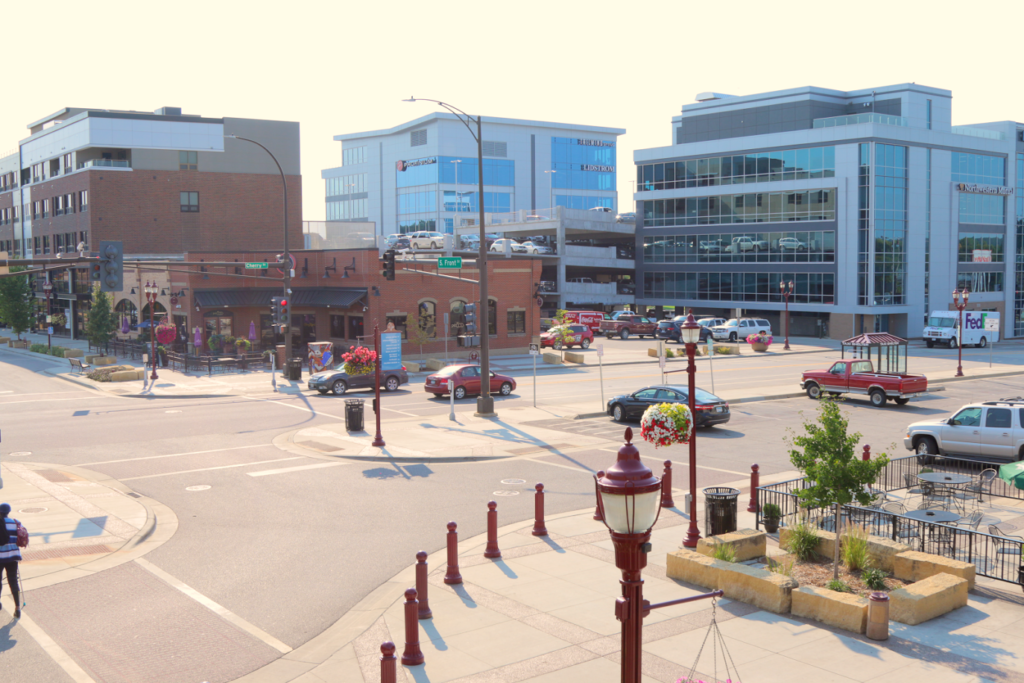Any effort towards cost reduction can have a significant impact on a company or organizations bottom line. What company does not want to save energy costs? The following guest blog courtesy by Kohort Energy provides some energy-saving tips for local restaurants.
You know that financial advisor commercial where the client fulfills her dream of opening a restaurant after successfully managing her money over the course of her first career? Me neither. That commercial may or may not exist. The point is that restaurant ownership is often cited as one of those big career or lifestyle dreams that many Americans aspire to.
Some aspects of restaurant ownership that initial musings might not identify are the amount of work involved in fully participating as an owner or the very competitive nature of the industry. Franchisees of quick-service restaurants (QSRs), in particular, often face significant challenges from a variety of sources, including:
- Flat sales due to discounting and/or increased competition
- Increasing labor costs, in part due to …
- Tightening labor supply
- Franchisor mandates, which are often unfunded
According to QSR Magazine, what the publication calls “value wars” had a profound impact recently on the average sale per guest in quick-service and fast casual restaurants:
… quick service and fast casual reported a decrease in average guest check, year-over-year, in the fourth quarter compared with the third, hinting at the ever-accelerating value wars. That doesn’t appear to be slowing anytime soon, with leaders like McDonald’s, Wendy’s, Taco Bell, Sonic, and others expanding their discounted offers in recent reports.
The challenge posed by increasing competition was also cited recently by restaurant intelligence firm TDn2K. In an article in Business Insider, information is presented indicating an increase in same-store sales industry-wide, coupled with a decline in customers per store. While this would indicate an increase in the average guest check amount, an acceleration in the number of restaurants may result in over-supply and continued reductions in foot traffic:
While same-store sales increased across the restaurant industry last quarter, according to BlackBox TDn2K data, foot traffic declined by 2.7%. That significant drop is still the best foot traffic the industry has seen in years. “We believe there is an over-supply of restaurants out there,” Victor Fernandez, TDn2K’s executive director of insights.
Additionally, restaurant facility remodels – often mandated by franchisors – place additional burdens on franchisees and further stress profit margins:
Rising costs, which include expensive remodels for many chains, are at odds with intense discounts restaurants have rolled out in an effort to boost traffic. Slashing prices while costs rise means profit margins are increasingly thin.
TDn2K is also quoted in the QSR Magazine article citing the current tight labor market as an additional drag on restaurant profits in coming years:
“As the labor market experiences its lowest unemployment rates in almost fifty years, restaurants should be expecting rising labor costs ahead,” it added. “With plenty of employment opportunities in the market … higher wages and salaries will have to be a part of many restaurants’ employment offerings if they are to remain competitive in the market.”
Mankato, of course, is not immune to these various challenges, including in the search for employees. While the total labor force for Mankato/North Mankato has increased more than 6% in the last 10 years – 58,000 up to about 62,000 – the unemployment rate has been historically low for several years. In terms of state labor rates, Greater Minnesota saw a 34 percent increase in job openings during 2018, compared to just 11 percent in the Twin Cities. Foodservice accounted for 12 percent of all job vacancies statewide. As local restaurant owners and managers work to staff their locations, it’s likely that they’ll face continuing upward pressure on wages for the foreseeable future.
Cost Control: Is your restaurant ‘leaking’ the equivalent of $50,000 in sales?
With the many market factors squeezing restaurant profit margins – historically in the 3% to 6% range – any effort toward cost reduction can have a significant impact on a location’s bottom line. And while labor and supply costs don’t go down, a location’s energy costs may. A reduction of $2,000 in energy costs for a restaurant with a 4% profit margin equates to $50,000 in sales. Even assuming a profit margin of 8%, the same reduction in energy costs is equal to an additional sales of $25,000.
First steps in achieving energy savings for a restaurant include an onsite survey and installation of a real-time energy monitoring system. You can’t manage what you don’t measure. By making the invisible – energy use – visible, energy monitoring helps identify waste. Energy efficiency consultants use this information to implement behavioral, operational or technology changes to reduce that energy waste, monetize future savings, and improve sustainability.
Making the invisible visible, and reducing energy costs through advanced energy management, just might help turn that restaurant dream into reality.





